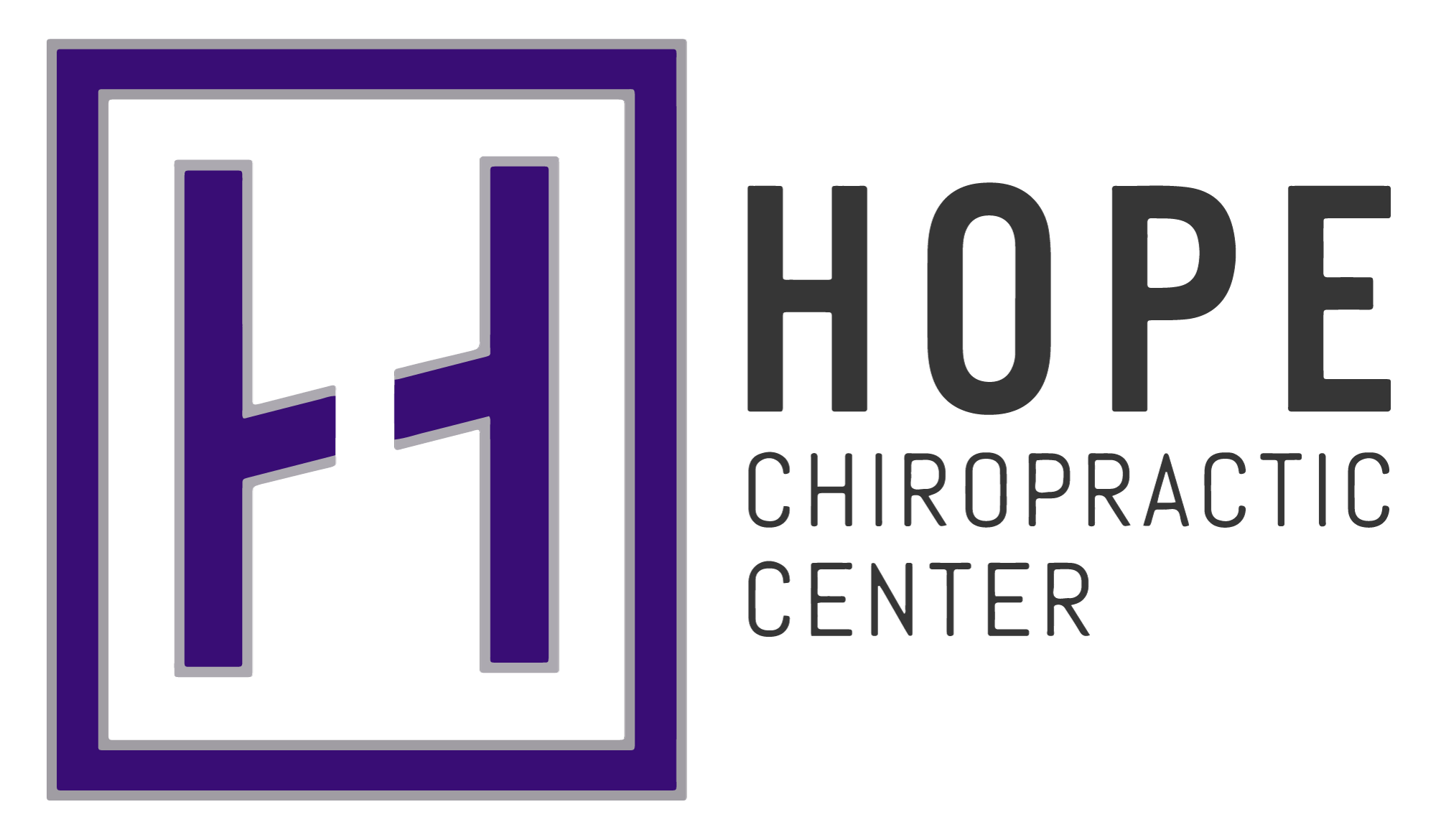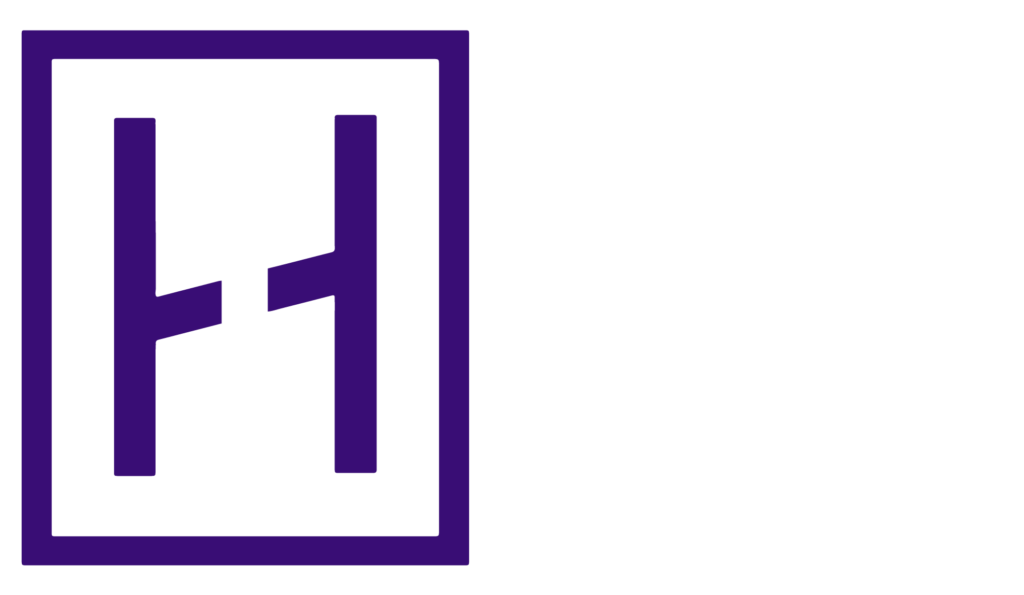Everytime I hear the term “concussion” I think of the song by Quiet Riot – Bang Your Head.
Am I wrong?
For a majority of us, when the term concussion comes to mine, our imagination is flooded with high velocity football impacts from the NFL where the crowd goes “OOOOOOOOOO”
Yet, for the most part, the general public really does not know anything about a concussion.
In Fact, unless you have personally suffered from a concussion, the only reason we have really started having more awareness about this form of mild traumatic brain injury (mTBI) is due to the media coverage in the 21st Century at the expense of the lives of several well known athletes and our nation’s military forces.
With that being said, I believe that this media frenzy has instilled fear into this generation and created a buzzword out of a complex medical diagnosis that is still relatively new in being studied.
Over the last two decades, we have come a long way in understanding what a concussion is and the long term implications it can have on our health, but we still have a a long way to go.
As we have continued to investigate the cumulative effects of concussive forces, we are learning that no head trauma can be considered “not serious.”
Looking to the future, we are still treading in murky waters with regards to how we handle the treatment of any form of mTBI.
We would like to think that we have a black and white treatment protocol to follow, but, as you’ll soon see, any mTBI is problem with multiple facets.
So…lets dive into this abstract field and see if we can find a way to help YOU!
What we know.
We know that a concussion is a form of a mild traumatic brain injury
We know that it can result in disorientation and/or impaired or loss of consciousness that last 30 minutes or less.
There are multiple combinations of unspecific neurological and cognitive symptoms that can accompany a concussion
The US spends $17 Billion Dollars annually on treating mTBI
Most patients recover from symptoms within 10 days.
Approximately 10% of patients will experience symptoms lasting longer than 10 days and this is referred to as post concussion syndrome.
The number one cause of a traumatic brain injury…not football..its actually a Slip and a Fall (accounting for 35% of all mTBI’s).
We also know that 99.5% of the time, an MRI will come up unremarkable with a concussion. (fascinating huh…makes you really wonder why you keep getting them post concussion?)
Finally, we understand that the brain is not the only tissue structure to suffer damage once we sustain a mTBI. Infact, we understand that there are multiple systems throughout the body that can be forever changed after sustaining just a single mTBI.
The diagram below can help us better understand what is involved when we have a mTBI and maybe gives us some clarification as to why we start to experience the symptoms that we have.
The Head Trauma Quadrangle.

Anatomical structures involved in an mTBI.
Originally – the medical world proposed that a concussive blow to the head was nothing more than a head trauma.
This would make complete sense from the typical head trauma.
However, in the above image we are learning that the head trauma is the start of a massive cascade of unspecific neurological and cognitive issues that can present if unaddressed.
I think it is super important that we start with some basic anatomy to understand exactly what happens at the moment of a mTBI and why we can expect to see the diverse nonspecific neurological symptoms that come with it.
First, your brain.
- Your brain weighs less than 3lbs, and sits in a fluid medium called your cerebral spinal fluid.
- The cerebral spinal fluid is designed for a few functions
- keep the brain from hitting your skull
- transports nutrients to the cells of the brain
- removes waste products from the cells of the brain
- protect the brain in quick head movements from hitting your skull
- The cerebral spinal fluid is designed for a few functions
- Your skull (hard bone) surrounds your brain and protects it from external injury
What is unique about this structure (your brain) is that when a force is applied to a circular object, it not only has a front to back motion, there is also torque placed on this structure causing shear forces to be placed upon the neurons that compose your brain.
This shear force also places torsion on the one structure that actually anchors your skull to your skull – the pituitary stalk.
Pituitary Stalk
So now, a simple head trauma becomes not only a structural issue of our brain matter, it also adds trauma to our pituitary gland which is responsible for
- Neurophysiology
- Sleep/wake cycles
- Thyroid Function
- Adrenal Function
- Sex hormone function
- Immune system coordination.
Thus, when you irritate, bruise, or damage this vital organ – such as what we see happening in a mTBI, the medical community will start to see the systemic symptoms you unfortunately experience on a day to day basis!
- Low Energy
- Irritability
- Poor Sleep patterns
- Fatigue/Exhaustion/Adrenal issues
- Thyroid issues
- Short term memory damage
So, what was once thought to be a simplistic head trauma is now transitioning into a system wide cascade.
The Brain Stem

Now, keeping in mind that we have added rotational forces to a mTBI, we cannot go without addressing two more super important structures at the base of our brain – the brain stem and the cerebellum.
First, the brain stem.
For many of us, we tend to make jokes about the Medualla Oblongata thanks to Adam Sandler, but for the most part we don’t know much about the brain stem.
To simplify this structure – lets focus on the functions first.
Our Brain Stem is responsible for regulating the following actions in the human body
- Respiration/Breathing
- Cardiac Function – blood pressure, blood flow
- Thermal Regulation
- Immune system regulation
- Vestibular System – Balance and coordination
- Sleep/Wake Cycles
- Digestion
Just a few of the basic factors we need to survive.
This is why we traditionally see what is referred to as autonomic dysfunction in the first 72 hours post concussion – heightened blood pressure, heightened heart rate, dizziness and loss of balance…make sense?
The final anatomical structure to take into consideration following a mTBI is your craniocervical junction.

In the world of anatomy this is also referred to as your Upper Cervical Complex.
The unique design of this area leads to several considerations a doctors has to account for when seeking a therapeutic approach for their patient.
First and foremost, this area has an incredibly dense population of proprioceptors responsible for input into multiple neurological structures that are housed at the level of the brain stem.(see previous structure). This can lead to a change in the function of several super important structures, many of which cause the very symptoms you experience in a mTBI. These can include
- A change to the sensory input into your vestibular and visual system resulting in post traumatic vertigo.
- Nociceptive (neurological pain pathways) resulting in post traumatic headaches.
- A change in the sensory input to the nerves that regulate skull and facial pain
- Altered venous drainage of the brain resulting in the feeling of pressure and cloudy thought
Pretty fascinating to think that one small area can cause a litany of symptoms that many of you can now identify with.
Lets take it one step further.
In the world of Chiropractic, there are two approaches to take into consideration when this area sustain a trauma.
First, a change in the way the nerves fire – this is called dysafferentation. This is actually one of the primary reasons to visit a chiropractor – a result of a bone out of place model.
When the bone gets knocked out of place, it changes the way the nerves fire, and therefore we get said symptoms.
To fix them, we move bone back, it restores the way nerves fire, and your symptoms go away over time.
However, there is a second consideration to make and that involves the result of having said bone out of place…a change in how the skull sits on the spine causing improper nerve firing as well.
These two components together can lead to a chaotic storm of health consequences if they are not addressed in a timely fashion.
With that being said, we can now understand that once one sustains an mTBI, there is a cascade of events that take place impacting multiple structures throughout the entire body that can cause a physiological nightmare for patients.
So, the question becomes, how do we solve the long term implications of a mTBI?
Putting it all together
Thus, we have the final results of exactly what a concussion does to our body on a systemic level.
Our brain, brain stem, pituitary gland and upper cervical spine are all compromised as a result of this blow to our head resulting in long term and often unaddressed presentation of symptoms that we see in a concussed patient.
Now, we can begin to lace together the pattern of understanding to make decisions on how to properly address our symptoms we experience as a result.
While the ER is a great option for ensuring that we didn’t crack our skull or have a brain bleed, we also need to be sure that we are addressing the issues described in our previous article on the Head Trauma Quadrangle.
I propose that the key point that links together all these structures that are compromised can be find in a simple test called computerized infrared thermography.
This technology is designed to evaluate paraspinal skin temperature off of your cervical spine which is a direct indicator into the relative health of your brain stem.
Jumping back shortly, our brain stem is the “fuse box” of the human body, responsible for coordinating and controlling all the information into and out of our brain.
This simple test is designed to show us if your system is in a state of balance and function, or a state of imbalance and dysfunction.

What you see in the above image are two different scans.
The teal scan is showing us a brain stem in a state of imbalance and dysfunction as a result of sustaining a mTBI.
The yellow scan is a post scan showing us a body that is in a balanced and functioning state.
Over time, if we are able to maintain a balanced state, we have learned that our body begins to coordinate healing and repair in a better cycle to ensure that the other structure compromised during a concussive force such as your pituitary gland, vestibular system and frontal cortext are able to go through the proper healing process and alleviate a majority of the symptoms you experience as a result of your concussion.
Now that you know…
If you have:
- sustained a blow to your head and or neck
- played contact sports
- fallen
- been hit by an object in your head or neck
- Virtually done anything that can cause any of these symptoms
Why wouldn’t you take the time to have your neurological function assessed to even see if you are a candidate for neurological correction using Upper Cervical Specific Chiropractic?
At Hope Southlake, we provide this test on a complimentary basis to help you discover if your symptoms can be alleviated through this type of care.
It is our passion to work with each and everyone of you who has suffered from a traumatic injury.
We aim to partner with you to discover long term solutions so that your future is one of prosperity.
The next time you have had your bell rung and are wondering what’s next…give us a call at 972-638-0994.








